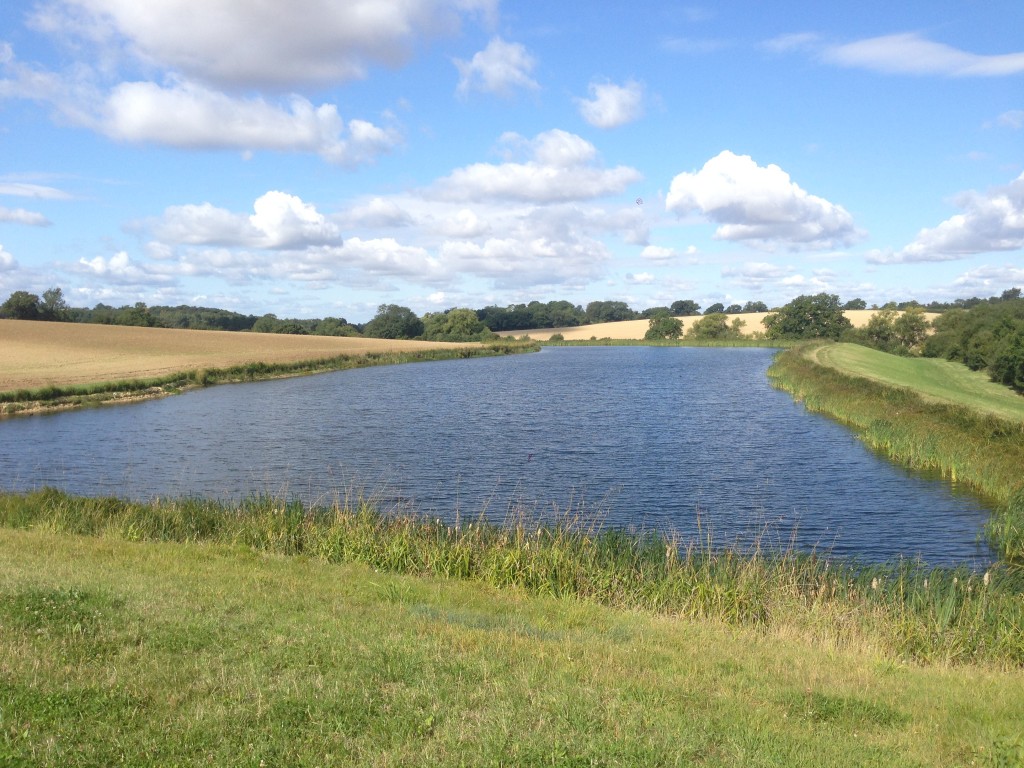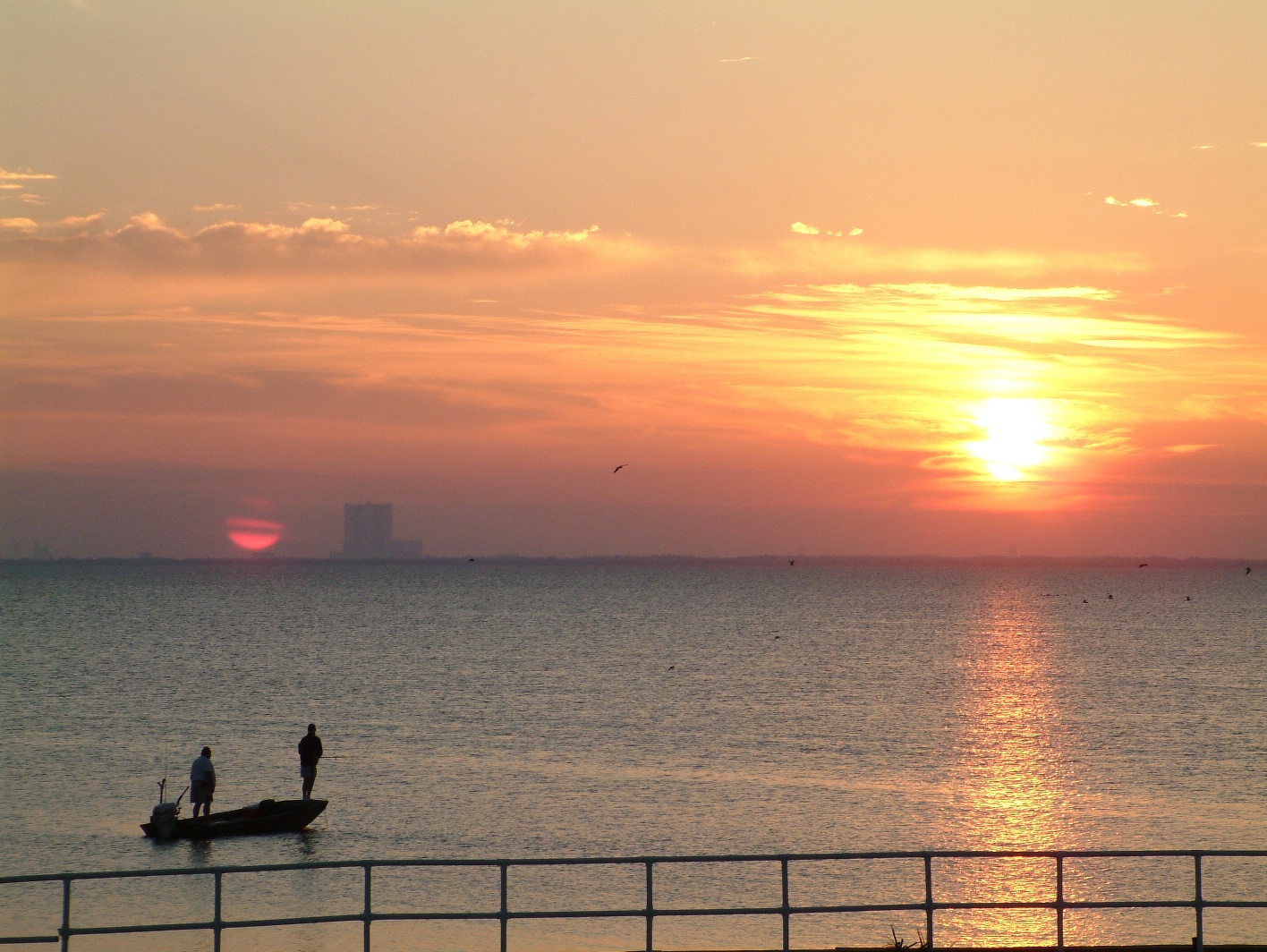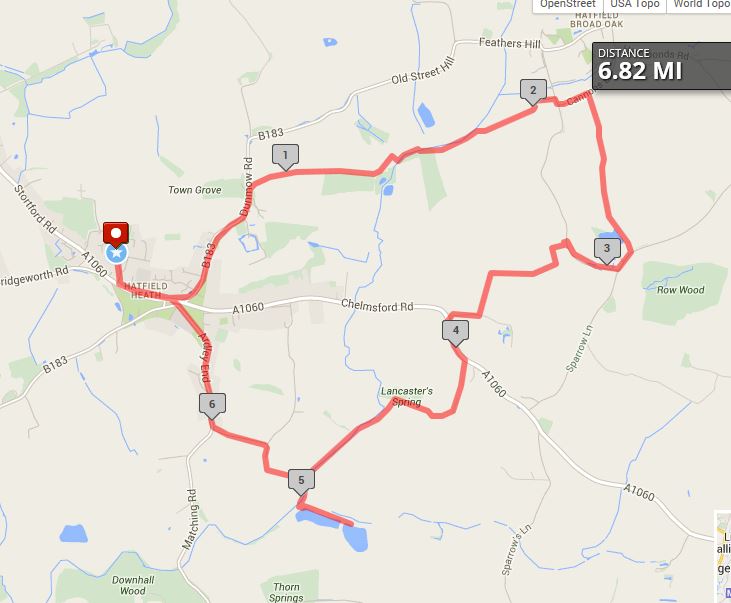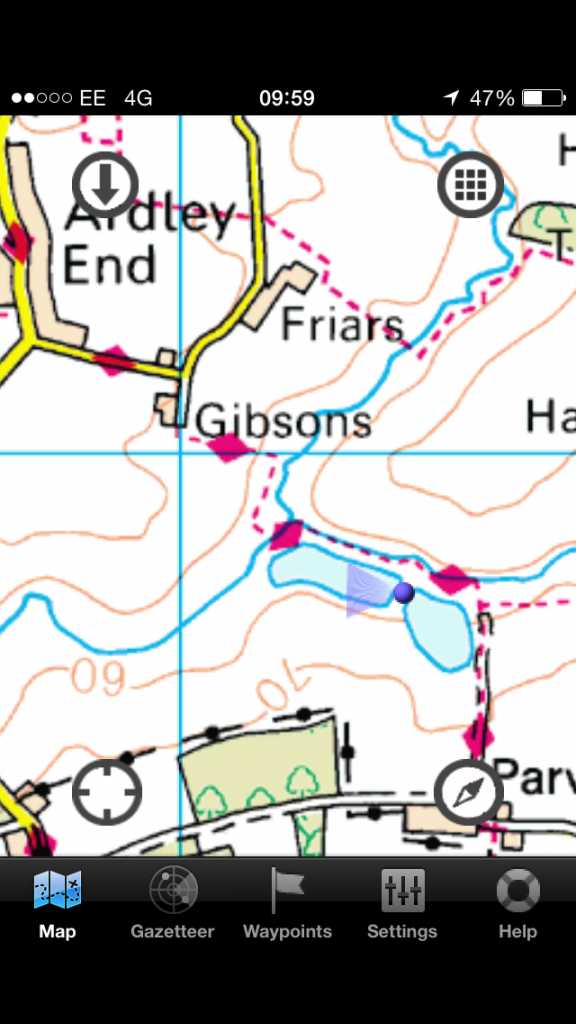I had a lovely run in my home area of Essex. I was born in the centre of the Essex plateau and raised near the borders with Hertfordshire. I actually went to school in Hertfordshire and my best mate had the Essex / Hertfordshire border at the bottom of his garden.
Here’s the run.
[I did have an iframe linking to the MapMyRun website but it doesn’t seem to be working so here’s a snipped version.]
I took a couple of photos of the lakes/ponds from near the southern most part of the route. I also saw some sloe berries so I might be making some sloe gin soon.
Here’re the lakes.

And the other:

Here’s a snapshot from my phone giving you an idea of the OS map.
These bodies of water got me thinking about ponds and lakes. What’s the difference? These things could be ponds but they seemed too large for that and yet they are most definitely smaller than any of the Great Lakes in North America [although I suspect that they are really seas]. Thank goodness for Wikipedia.
I spoke too soon. Wikipedia doesn’t help. There is no internationally agreed definition of the difference between pond and lake. Large things are definitely lakes and small things are definitely ponds but where the line is, no-one agrees. It’s probably somewhere between 2 and 5 hectares. I think my favourite definition is:
bodies of water where light penetrates to the bottom of the waterbody
There’re plenty of ways of setting a distinction. Some depend on surface area and some on depth, others on plant growth. This is a pretty cool thing to look into. As for the Great Lakes, they are lakes. It turns out that lakes have to be surrounded by land. The Great Lakes are named correctly. The Caspian Sea is not. I love learning.
[I should point out that while writing this I was discussing it with my family and my mother pointed out the definition of a lake before I had even looked it up. Well done mum!]


